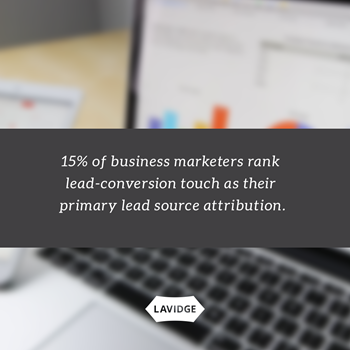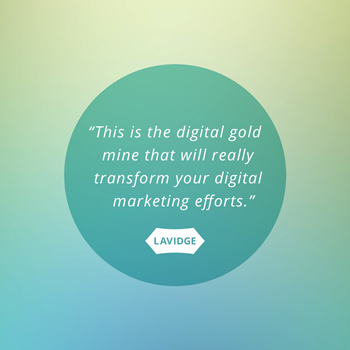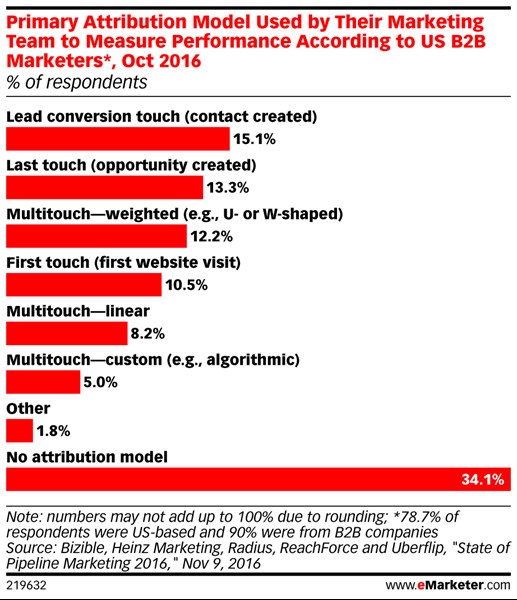Sign up for our LAVY email
and get our bi-monthly newsletter.
Technology marketers have been early adopters of marketing automation, but true end-to-end integration from initial touchpoint to closed-won remains elusive.
Following a few tips based on our research-based insights, however, can improve the odds in your favor.
Reconfiguring your Customer Relationship Manager (CRM) to use activity notes to capture brand interactions is the key to success. When a marketing-qualified lead moves to sales-qualified, it typically gets assigned a “lead source” which fails to capture or attribute value across the multiple brand interactions online and offline.
There is a better way. Consider beginning your account-based marketing strategy by creating an activity type for brand interaction with subtypes for all of your marketing and sales touchpoints. This should be coordinated so your CRM fields will reflect your UTM Codes. This will help keep your data compatible across platforms including Google Analytics.

This is the tricky part, but it’s the place to start. First, take all of your closed-won accounts for the last year and augment the current data you have on file to create a full picture of all the touchpoints of both marketing and sales, such as:
Next, bring sales and marketing decision makers together to determine an initial starting point for assigning value. The easiest way to do this is to assign value based on key goals for the organization.
Most technology marketers use five to six vendor platforms from Google’s suite of analytics and marketing tools to various email marketing platforms. Each of the links in all of these systems needs to go through a central ad server.
The value here is the path-to-conversion reports that will give you all of the digital touchpoints for each lead in the order they take place within the marketing funnel. This is the digital gold mine that will really transform your digital marketing efforts.
 Move beyond the click.
Move beyond the click.While the measurement of success for mediums such as Google is click-based, these platforms rarely create the intent to buy or perform the desired action. They just help users find what they are already seeking. A variety of prior marketing touchpoints have already created interest and desire throughout your account-based marketing campaign
Search ads for example simply offer “an assist” by helping potential prospects take the final step before completing your call to action. So, the dirty little secret is that most digital-media spend doesn’t actually create net-new prospects. It just pays companies for helping your target audience find you.
Retargeting ads shown to prospects who have already visited your website, for example, are a great strategy for staying top of mind. But 80% of the actions that come from retargeting would have happened anyway. Keep this in mind as you shape your baseline attribution model for your outbound marketing.
We all know that the biggest digital marketing strategy challenge is managing the data. And with business-to-business technology sales having higher value and lower volume, you’ll get the best platform by adding human intelligence to the equation and augmenting your data.
✓ For marketing data, that might mean manually adding brand interactions from path-to-conversion reports.
✓ For sales data, it might be just ensuring administrative support is available for the sales team to ensure that the full picture of activities is captured in the CRM.
Armed with true end-to-end data, the one-to-one magic of marketing automation can truly come to life.
Need fresh thinking?
At LAVIDGE, we know successfully pulling together so many moving parts in marketing campaigns can be a challenge. We have experience at doing just that, and we're confident we can do the same for you.
Ready for a one-on-one discussion about how account-based marketing tactics can help you sell more tech? Give us a call at 480.998.2600 or send email to info@lavidge.com.
Thinking about implementing account-based advertising? Courtesy of eMarketer, here’s a look at the most popular attribution models among B2B marketers.

Sign up for our LAVY email
and get our bi-monthly newsletter.